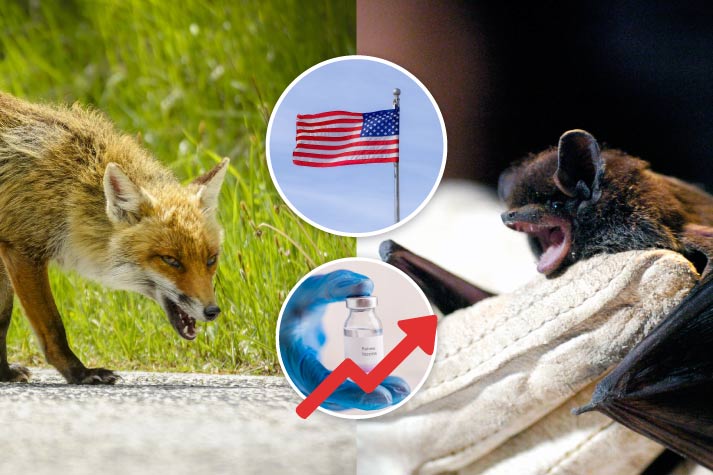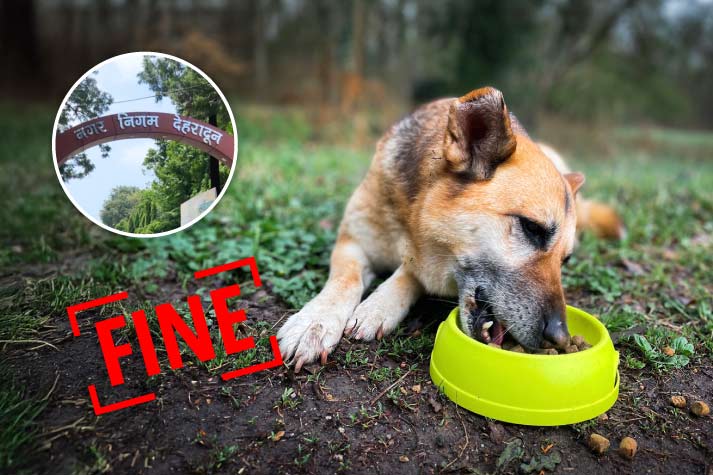
01 Sep
US Faces Growing Rabies Threat with More Cases
Public health officials are warning about a rise in rabies cases in parts of the United States. Recent outbreaks show the virus is becoming a growing concern. In Nassau County, Long Island, officials declared rabies an “imminent public health threat” this summer after finding 25 rabid animals, mostly raccoons and stray cats, in areas that had been free of rabies for nearly ten years. Texas is also seeing more cases: a bat at San Marcos’ outlet mall tested positive, and state health services report 94 confirmed rabid bats this year, mainly in Austin, Houston, and San Antonio.
Several factors are behind this increase. In Nassau County, the end of oral rabies vaccine baiting along the Nassau-Queens border is being blamed for letting infected wildlife move from New York City into areas that had been protected. Across the country, raccoons, skunks, foxes, and bats remain the main carriers of rabies, with wildlife responsible for over 90% of U.S. cases. The U.S. Department of Agriculture (USDA) is responding by restarting oral rabies vaccination programs in eastern states, dropping vaccine baits in both rural and city areas to slow the spread among raccoons.
The problem is not just in cities. At Grand Teton National Park’s Jackson Lake Lodge, a bat infestation in several cabins led to warnings that up to 500 guests might have been exposed. Only a few bats were tested and found negative, but others were not tested, so health officials recommended treatment to anyone who might have had contact with them.
Even with these outbreaks, rabies in humans is still rare in the U.S., with fewer than 10 deaths a year thanks to vaccines, surveillance, and quick treatment. However, cases do happen. A Michigan resident died in early 2025 after receiving an organ transplant from someone with rabies, and in late 2024, people in Minnesota and California died after being exposed to bats.
Rabies is almost always fatal once symptoms start. It spreads through bites or scratches from infected animals or when saliva from the animal gets into cuts or mucous membranes. Symptoms can take days to months to appear. The best way to stay safe is prevention: vaccinate pets, avoid wild animals, seek medical care right away if exposed, and maintain strong monitoring systems.
In Nassau and Suffolk Counties, officials plan to restart oral vaccine bait drops from September, timed to target young animals and slow the spread. The USDA will also continue its 2025 vaccine program across eastern states to build immunity in wildlife. Health officials are reminding people to keep pets vaccinated, avoid wild animals, and get medical help quickly after any possible exposure.
With rabies returning to areas that were once free of it, communities face new risks, especially in crowded regions and popular tourist spots. Ongoing vaccination programs, careful monitoring, and fast medical treatment remain the country’s best defense against this deadly virus.





AUTHOR’S BIO
Carry My Pet
Passionate pet enthusiasts and globetrotters, dedicated to easing furry friends' journeys worldwide. Penning tales of compassion at CarryMyPet, where every relocation is a tail-wagging adventure.